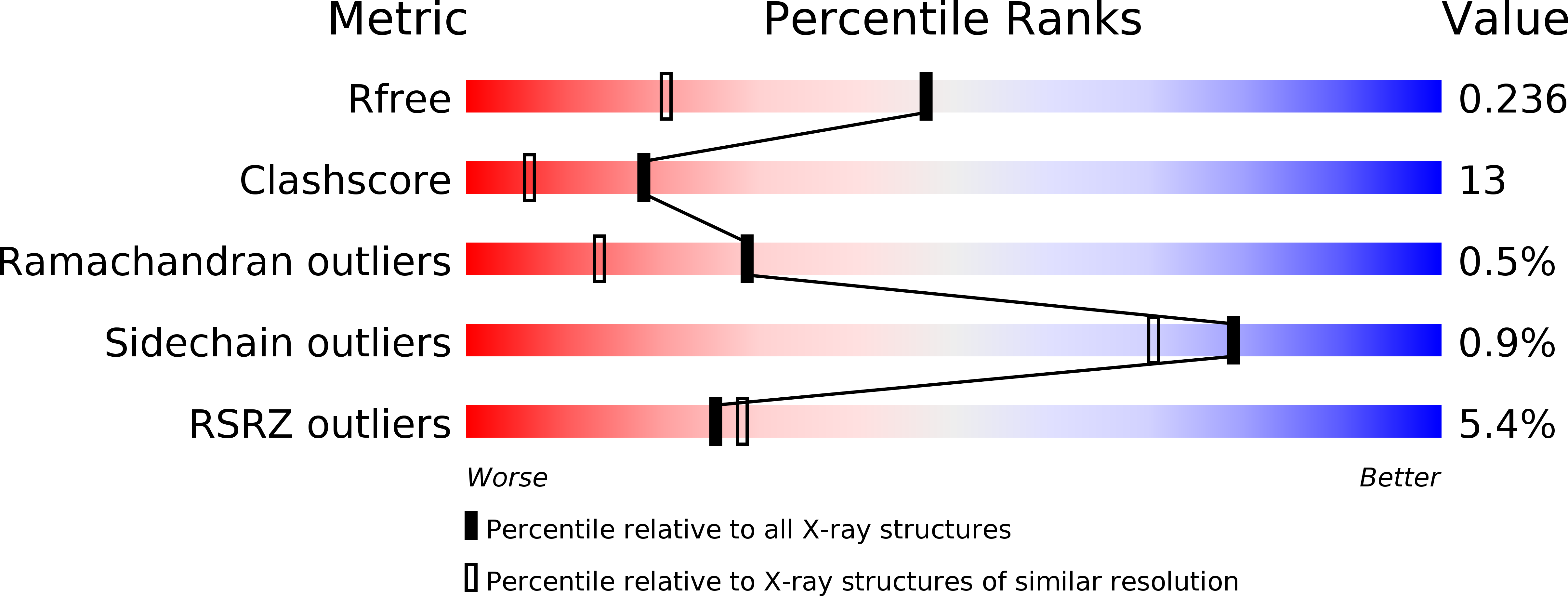
Deposition Date
2009-03-02
Release Date
2009-09-08
Last Version Date
2024-02-21
Entry Detail
PDB ID:
3GGY
Keywords:
Title:
Crystal Structure of S.cerevisiae Ist1 N-terminal domain
Biological Source:
Source Organism:
Saccharomyces cerevisiae (Taxon ID: 4932)
Host Organism:
Method Details:
Experimental Method:
Resolution:
1.70 Å
R-Value Free:
0.24
R-Value Work:
0.22
Space Group:
C 1 2 1


